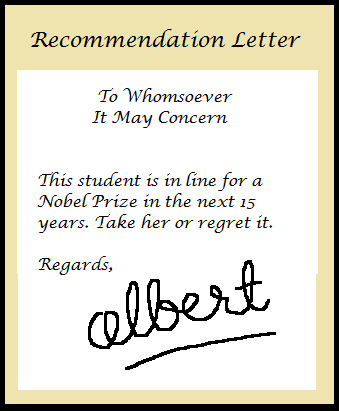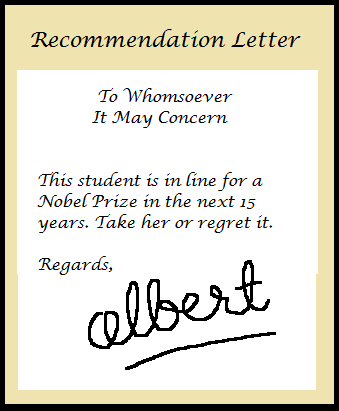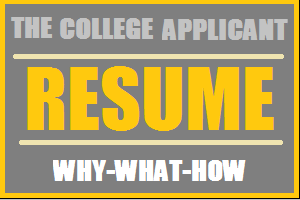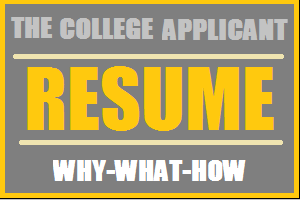 Recommendation Letters – What They are and Who You Should Get Them From
Recommendation Letters – What They are and Who You Should Get Them From
In the context of higher education in America, recommendation letters are statements by teachers, supervisors or employers which highlight your qualities, background and achievements and show that you are a good candidate for a doctoral or master’s program of studies.
To make sure that you are an applicant of good caliber every university will ask you to submit at least 3 recommendation letters along with your application form. If you are a student, these recommendation letters should come from teachers who have taught you important subjects or supervised relevant project work, research papers or seminars. If you are a working professional and your work experience is relevant to the field you plan to do your degree in, one letter can come from your immediate superior in the organization (if you have been working for a very long time then you can take letters from two people in organizations you have worked with, but at least one recommendation should be academic).
Continue reading →
 Guiding Principles
Guiding Principles









